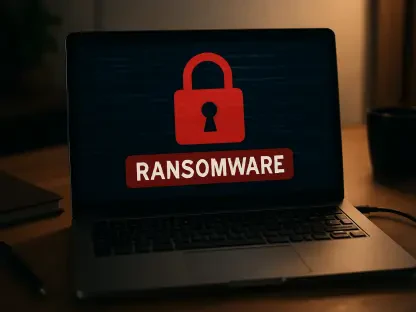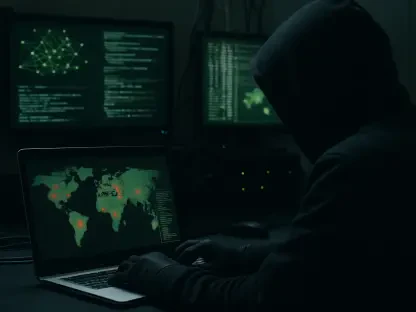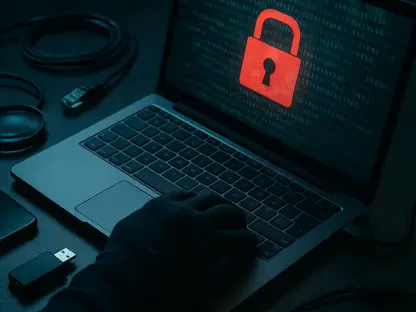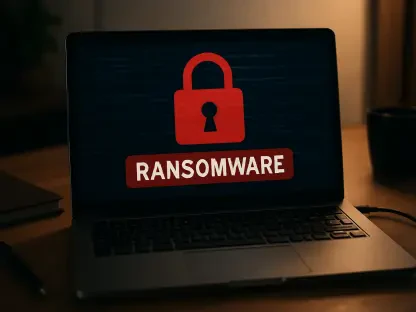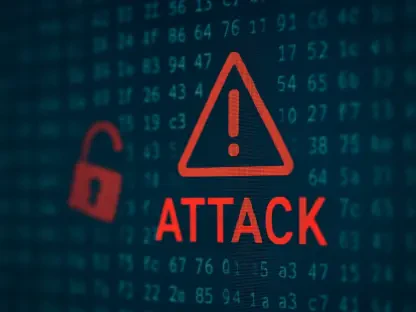In a startling revelation that has sent ripples through the cybersecurity industry, CrowdStrike, a prominent player in digital defense, recently faced a significant internal breach involving one of its own employees. This incident, uncovered through leaked screenshots shared on a public Telegram channel by a hacking collective known as Scattered Lapsus$ Hunters, has brought to light the persistent and evolving danger of insider threats. As cybercrime groups increasingly exploit human vulnerabilities alongside technical weaknesses, this case serves as a critical reminder of the complex challenges companies face in safeguarding sensitive systems. The breach, though contained before major damage occurred, underscores the importance of robust internal monitoring and rapid response mechanisms. This article delves into the details of the incident, exploring how the company managed the situation and what it reveals about the broader landscape of cybersecurity risks in today’s digital environment.
Unveiling the Breach and Initial Findings
The incident came to public attention when Scattered Lapsus$ Hunters, a coalition of notorious cybercrime groups including Scattered Spider, LAPSUS$, and ShinyHunters, posted images of CrowdStrike’s internal dashboards and an Okta Single Sign-On panel on a widely accessible platform. Initially, speculation pointed toward a sophisticated technical breach, with the hackers hinting at a compromise through a third-party service, Gainsight, a customer success platform. However, a deeper investigation revealed a far more human-centric vulnerability at the heart of the issue. An employee, reportedly enticed by a $25,000 offer from the hackers, shared photographs of their computer screen, inadvertently exposing critical internal data. This act of insider collaboration, rather than a complex cyberattack, became the entry point for the threat. Fortunately, CrowdStrike’s security operations center detected the suspicious activity early, preventing any significant malicious access or data loss. This swift identification highlights the critical role of proactive monitoring in averting potential disasters stemming from internal lapses.
Further examination of the breach shed light on the methods employed by modern cybercrime syndicates to exploit human weaknesses. Social engineering, a tactic that manipulates individuals into divulging confidential information, played a central role in this incident. Unlike traditional hacking that targets software vulnerabilities, this approach preyed on personal judgment, bypassing even the most advanced technical defenses. The hacking collective’s strategy reflects a growing trend where attackers combine psychological manipulation with their extensive resources to target high-profile organizations. In this case, the employee’s decision to share sensitive visuals of internal systems could have led to catastrophic consequences if not intercepted in time. CrowdStrike’s ability to contain the situation before systemic intrusion occurred demonstrates the importance of layered security protocols that account for both technological and human factors. This episode serves as a stark warning to corporations about the need for comprehensive safeguards against insider risks in an era of increasingly cunning cyber threats.
CrowdStrike’s Response and Mitigation Efforts
In the wake of this alarming breach, CrowdStrike acted with notable speed and decisiveness to address the insider threat. Following a thorough internal investigation, the company identified the implicated employee and terminated their employment last month, sending a clear message about accountability. Importantly, the organization confirmed that no customer data was compromised, and their systems remained secure throughout the ordeal. This outcome was largely due to the effectiveness of their security operations center, which flagged the unusual activity before it could escalate into a full-scale intrusion. The case was promptly handed over to law enforcement for further action, emphasizing the role of legal recourse in deterring similar incidents. By taking such firm steps, CrowdStrike not only mitigated the immediate risk but also reinforced the importance of maintaining strict internal policies to prevent future breaches stemming from employee misconduct or external coercion.
Beyond the immediate response, CrowdStrike’s handling of the incident offers valuable insights into the broader strategies needed to combat insider threats. The company’s proactive stance highlights a critical balance between technological defenses and human oversight. While advanced systems can detect anomalies, they must be complemented by rigorous training programs that educate staff on recognizing and resisting social engineering tactics. Additionally, fostering a culture of vigilance within the organization can serve as a powerful deterrent against potential insider collaboration. The swift resolution of this case, without any data exfiltration or systemic compromise, underscores the effectiveness of rapid detection and response mechanisms in limiting damage. This incident also illustrates the necessity of collaboration with law enforcement to ensure that perpetrators face appropriate consequences, thereby discouraging others from engaging in similar activities. As cyber threats continue to evolve, such multifaceted approaches become indispensable for protecting sensitive environments from both internal and external dangers.
Lessons Learned and Future Implications
Reflecting on this incident, it becomes evident that insider threats pose a unique and persistent challenge to even the most fortified cybersecurity frameworks. The breach at CrowdStrike, though contained, reveals the limitations of relying solely on technical solutions to safeguard critical systems. Cybercrime groups like Scattered Lapsus$ Hunters are increasingly leveraging social engineering to exploit human vulnerabilities, a tactic that can often bypass traditional defenses. This case, alongside other recent attacks targeting major corporations through insider recruitment, points to a disturbing trend in the cybersecurity landscape. The convergence of sophisticated psychological manipulation with the combined resources of multiple hacking collectives amplifies the risks faced by technology enterprises. It serves as a compelling reminder that security strategies must evolve to address these hybrid threats, integrating robust infrastructure with comprehensive employee oversight to close potential gaps.
Looking ahead, the incident offers a crucial opportunity for organizations to reassess their approach to cybersecurity in light of emerging risks. Companies must prioritize ongoing education initiatives that equip employees with the skills to identify and resist manipulative tactics used by cybercriminals. Strengthening internal monitoring systems to detect unusual behavior early can also prevent minor lapses from escalating into major breaches. Furthermore, cultivating an environment of transparency and accountability ensures that staff understand the severe consequences of compromising sensitive information. CrowdStrike’s experience demonstrated that while technical safeguards are vital, they must work in tandem with human-centric measures to create a resilient defense. As cyber threats grow more complex, adopting a multilayered strategy that addresses both technology and personnel will be essential for staying ahead of adversaries. This incident ultimately serves as a catalyst for industry-wide reflection on how best to protect against the ever-changing tactics of cybercrime syndicates.



